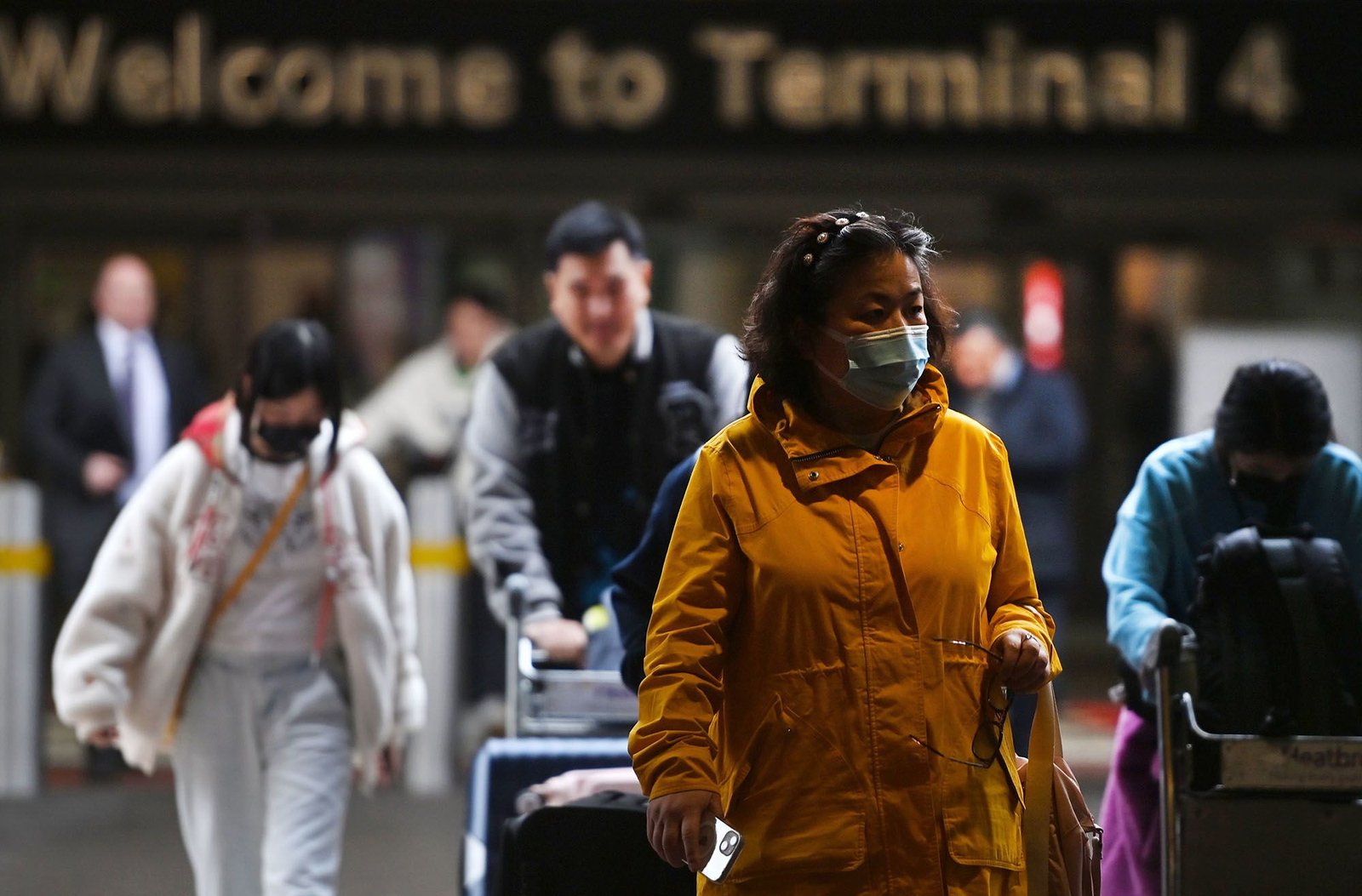Why in the News?
- Super Typhoon Ragasa has emerged as the most intense tropical cyclone of 2025, causing widespread destruction in Hong Kong, southern China, Taiwan, and the northern Philippines.
- The storm has triggered mass evacuations, significant storm surges, and reported casualties, highlighting the growing vulnerability of coastal regions to extreme weather events.
- Its extreme intensity has sparked scientific discussions on climate change and the increasing power of tropical cyclones, emphasizing the need for robust disaster management strategies.
Key Highlights
- Formation and Classification of Tropical Cyclones
- Tropical cyclones form over warm equatorial waters when moist air rises, creating a low-pressure zone.
- Air from surrounding high-pressure areas rushes in, rising, cooling, and forming clouds and thunderstorms, which gain energy from the ocean’s heat.
- Cyclones are categorized based on sustained wind speeds using the Saffir-Simpson scale, with Category 5 storms having winds of 252 kmph or higher.
- Ragasa reached maximum sustained winds of 280 kmph, classifying it as a super typhoon.
- Intensity of Super Typhoon Ragasa
- Ragasa’s peak strength was near the upper limit of Earth’s potential cyclone intensity, estimated around 322 kmph.
- Warm Pacific Ocean waters, having risen 5°C over the past century, provided the storm with immense energy.
- The storm’s path avoided early landfall, allowing it to maintain and intensify without natural weakening.
- Role of Climate Change
- Studies indicate that tropical cyclones in Southeast Asia are forming closer to coastlines, intensifying faster, and lasting longer.
- Scientists agree that rising sea surface temperatures increase the energy available for cyclones, making them stronger and more destructive.
- Ragasa’s strength illustrates the link between ocean heat content and cyclone intensity.
- Impact on Affected Regions
- Ragasa caused the evacuation of over two million people in southern China, along with a storm surge exceeding 3 meters in Hong Kong.
- Casualties included 14 in Taiwan and 2 in northern Philippines, with widespread infrastructural damage.
- The ‘dirty side’ or right-front quadrant of the storm intensified damage, as forward motion combined with rotational winds increased wind speeds on that side.
- Meteorological Factors Affecting Destruction
- Tropical cyclones have a ‘clean’ side (less destructive) and a ‘dirty’ side (more destructive).
- Ragasa’s trajectory ensured that coastal areas experienced the maximum wind strength and storm surge, amplifying damage.
- The alignment of the storm’s rotation and forward movement created a localized zone of extreme winds, worsening destruction.
Implications
- Humanitarian Impact
- High casualty risk, displacement, and disruption of livelihoods in coastal regions.
- Pressure on emergency services and evacuation infrastructure.
- Economic Impact
- Damage to infrastructure, housing, agriculture, and transport networks.
- Increased recovery and rebuilding costs for affected countries.
- Environmental Impact
- Coastal flooding, erosion, and saltwater intrusion into freshwater sources.
- Damage to ecosystems such as mangroves and coral reefs that buffer storms.
- Disaster Management Implications
- Need for improved early warning systems and cyclone-resilient infrastructure.
- Emphasis on community preparedness and evacuation plans in high-risk zones.
- Climate Change Significance
- Ragasa underscores the link between global warming and extreme weather events.
- Highlights urgency in climate adaptation and mitigation strategies, particularly in coastal Asia.
Challenges and Way Forward
| Challenges | Way Forward |
| Rapid intensification near coastlines makes early warnings difficult. | Invest in advanced satellite monitoring and real-time prediction systems. |
| High population density in coastal cities increases vulnerability. | Implement zoning regulations, vertical evacuation shelters, and resilient infrastructure. |
| Storm surge and flooding overwhelm drainage system. | Develop coastal barriers, mangrove restoration, and flood management strategies. |
| Climate change contributes to more intense storms. | Promote carbon emission reduction, climate- resilient urban planning, and regional cooperation. |
| Resource and coordination gaps in disaster response. | Strengthen national disaster response forces and cross-border emergency collaboration. |
Conclusion
Super Typhoon Ragasa exemplifies the growing intensity of tropical cyclones in the context of climate change. Warm ocean waters and optimal storm tracks allowed it to reach near-maximum potential strength, while its ‘dirty side’ inflicted maximum damage on affected regions. Strengthened disaster preparedness, early warning systems, and climate adaptation are critical to reduce future impacts.
| Ensure IAS Mains Question Q. Examine the role of climate change in increasing the intensity of tropical cyclones and discuss the implications for coastal disaster management in South and Southeast Asia. (250 words) |
| Ensure IAS Prelims Question Q. Consider the following statements about tropical cyclones: 1. A tropical cyclone gains energy primarily from latent heat released by condensation of water vapor over warm oceans. 2. The ‘dirty side’ of a cyclone is destructive because forward motion of the storm combines with its rotational winds. 3. Rising sea surface temperatures only influence the frequency, not the intensity of tropical cyclones. 4. Storm surges are primarily caused by low atmospheric pressure at the cyclone’s center and wind-driven piling of water toward the coast. Which of the given above statements is/are correct? a) 1, 2, and 4 only b) 1 and 3 only c) 2 and 3 only d) All of the above Answer: a) 1, 2, and 4 only Explanation: Statement 1 is correct: Tropical cyclones extract energy from latent heat of condensation in rising moist air over warm oceans. Statement 2 is correct: The right-front quadrant (dirty side) in the northern hemisphere experiences stronger winds due to the combination of rotational and translational motion. Statement 3 is incorrect: Rising sea surface temperatures influence both intensity and sometimes frequency of tropical cyclones. Statement 4 is correct: Storm surges result from the combined effect of low central pressure and strong winds pushing water onto coastal areas. |
Also Read | |
| UPSC Foundation Course | UPSC Daily Current Affairs |
| UPSC Monthly Magazine | CSAT Foundation Course |
| Free MCQs for UPSC Prelims | UPSC Test Series |
| ENSURE IAS NOTES | Our Booklist |





